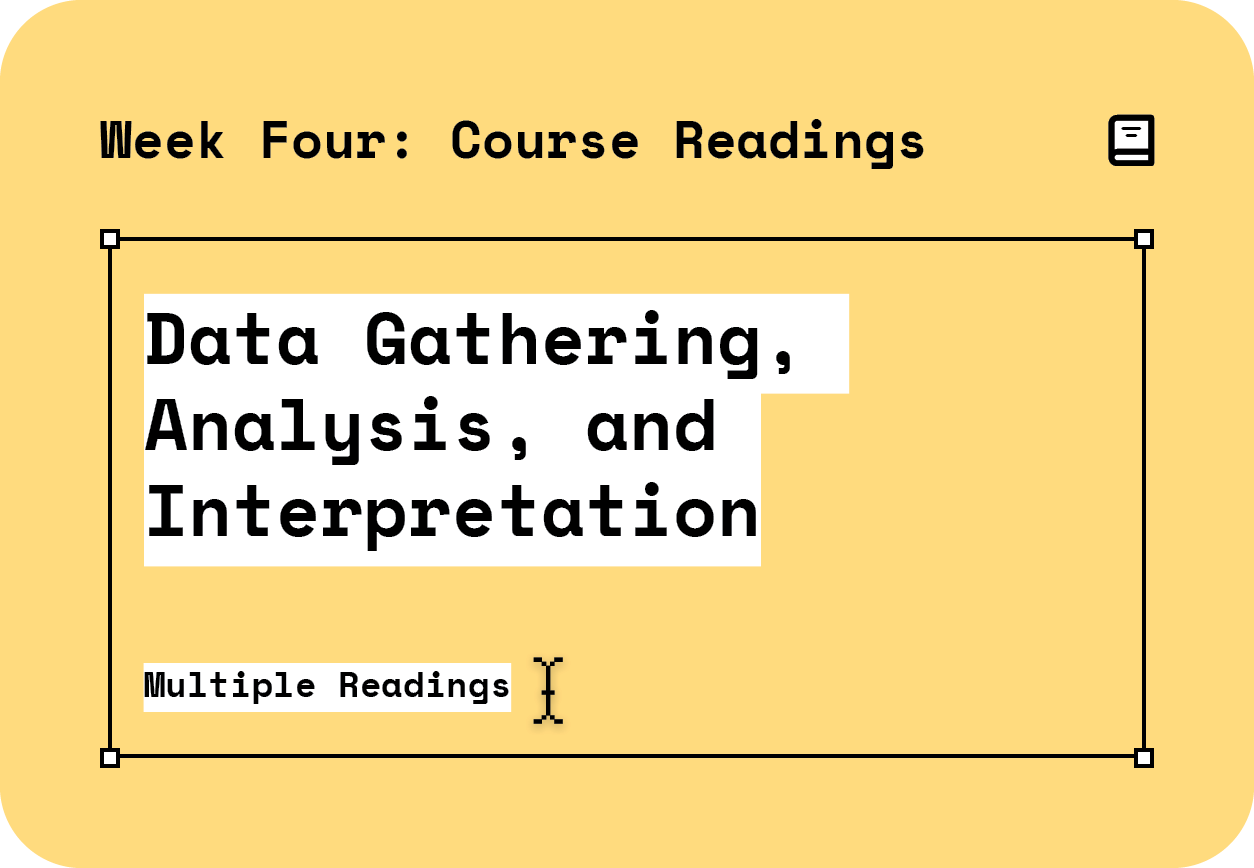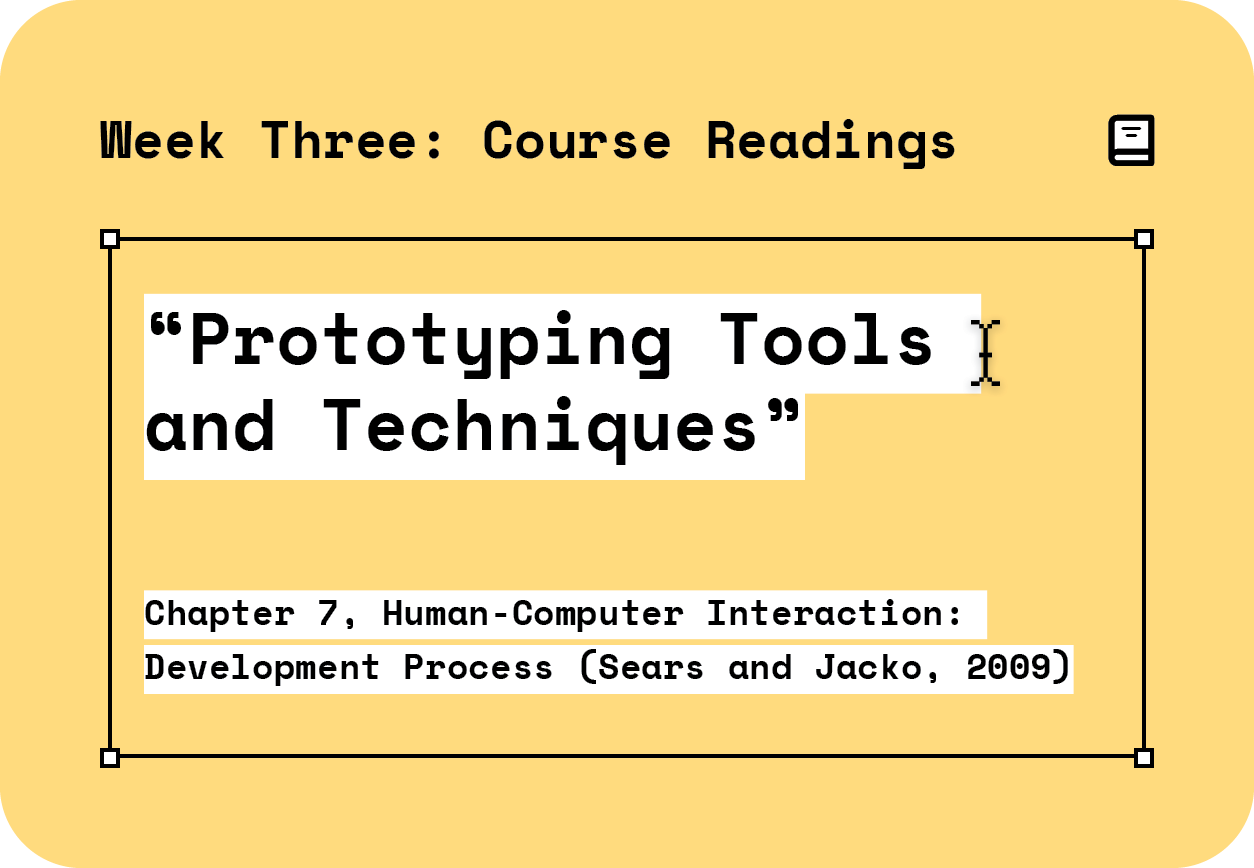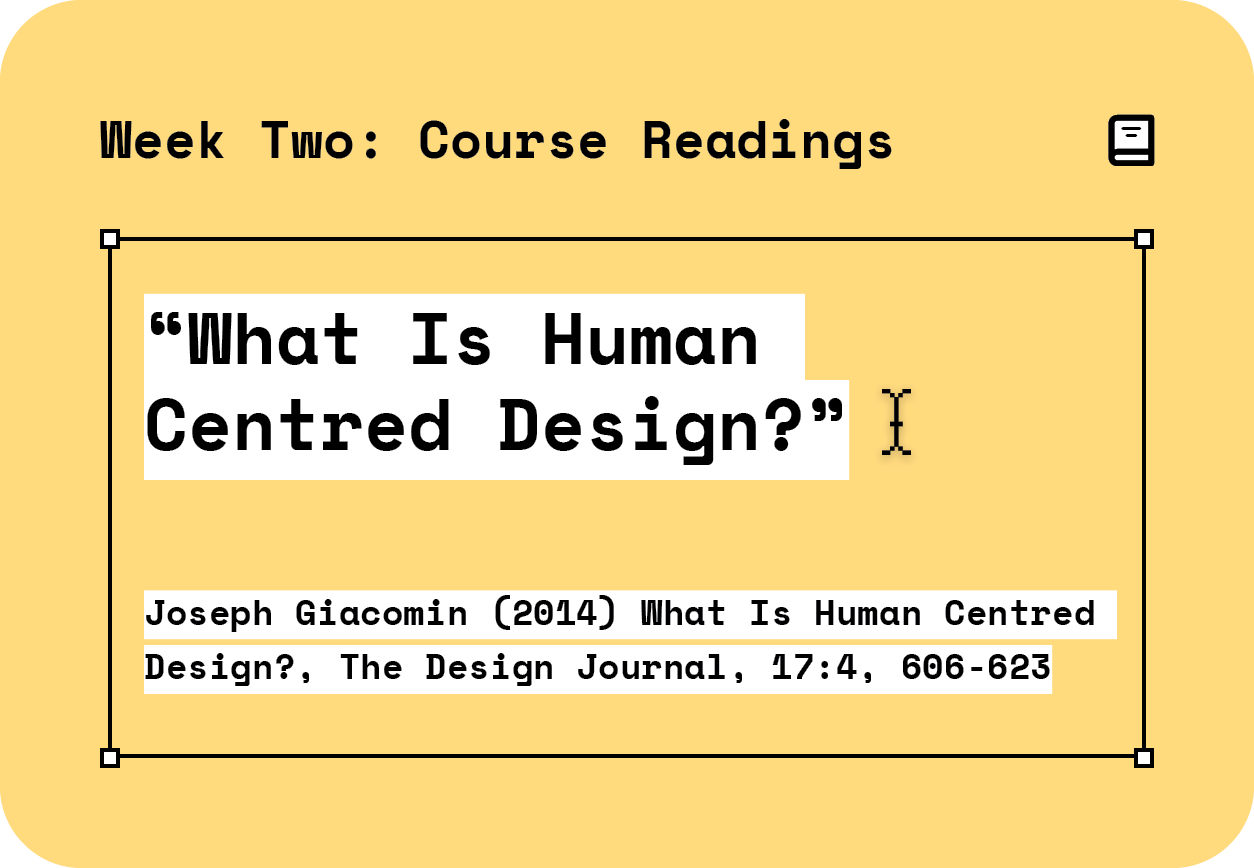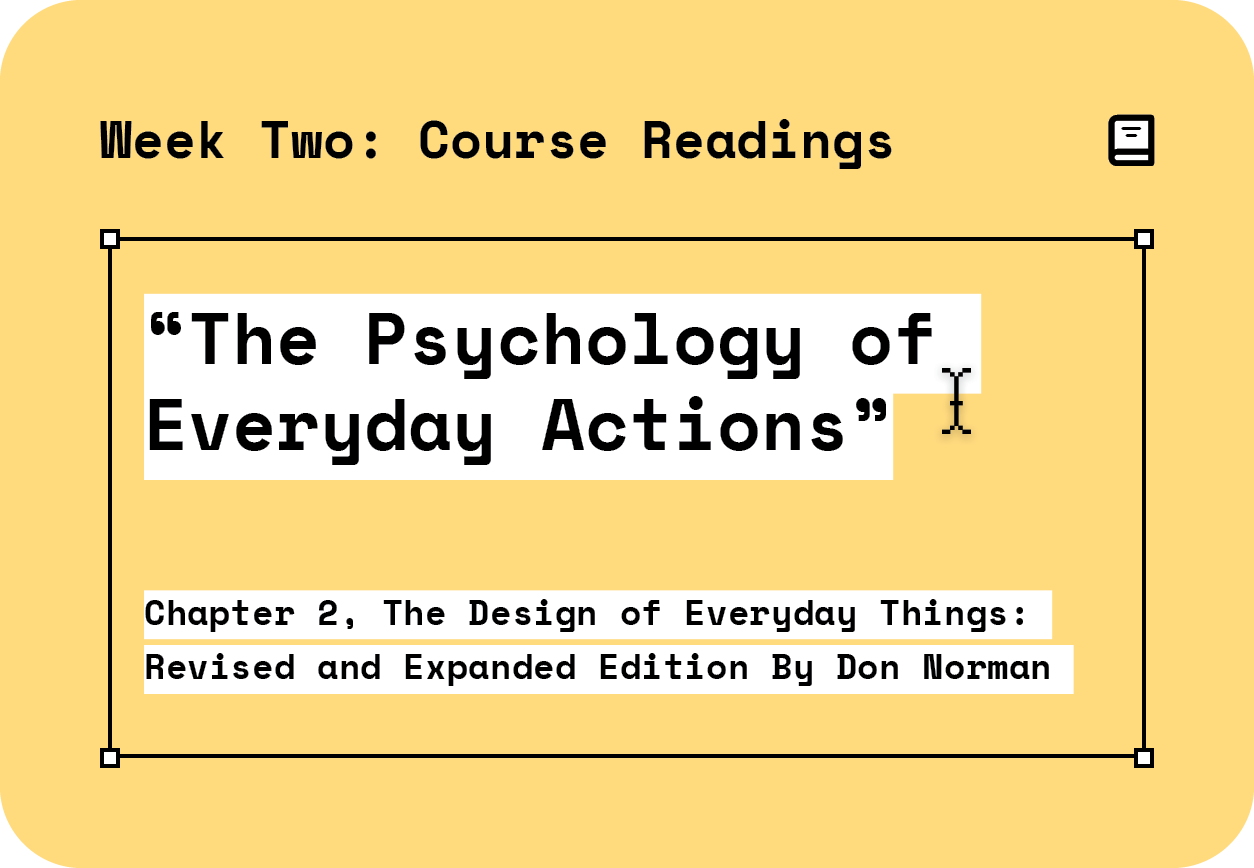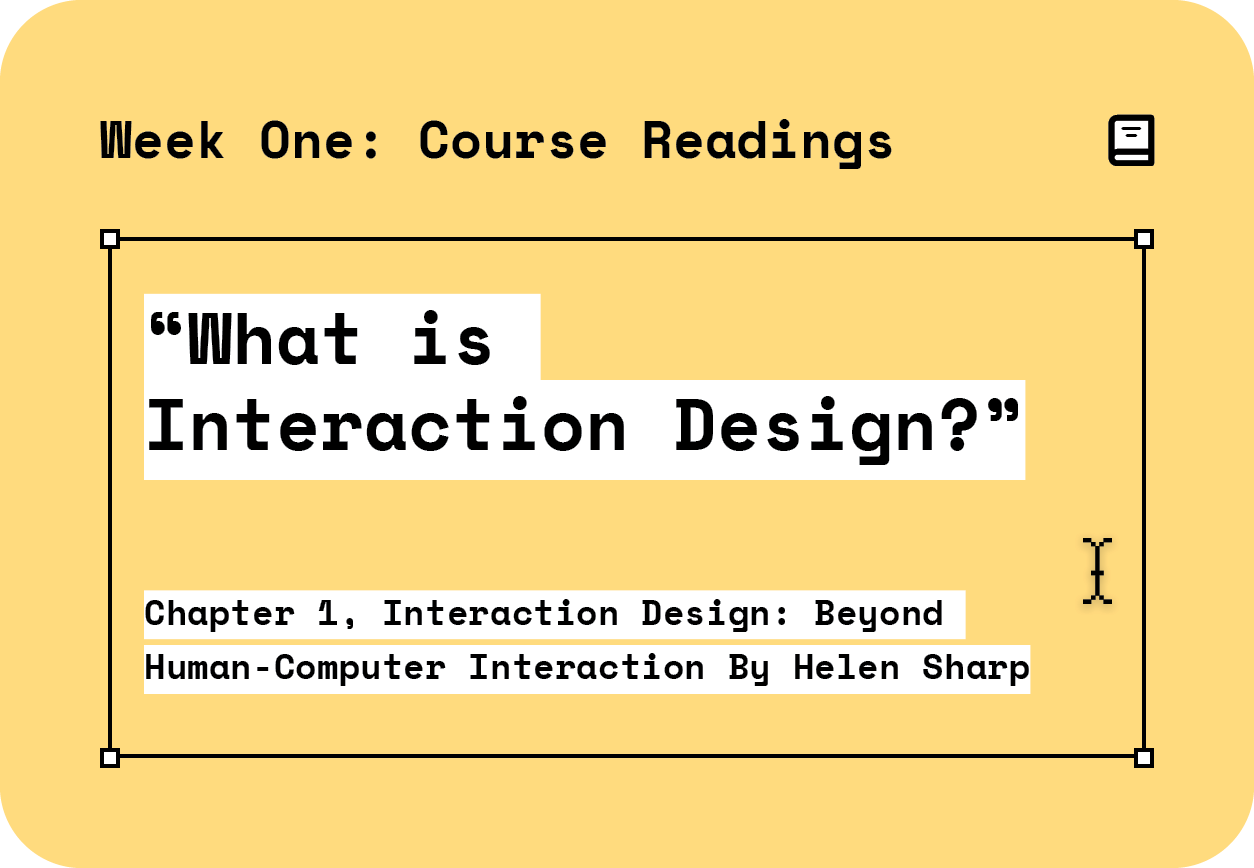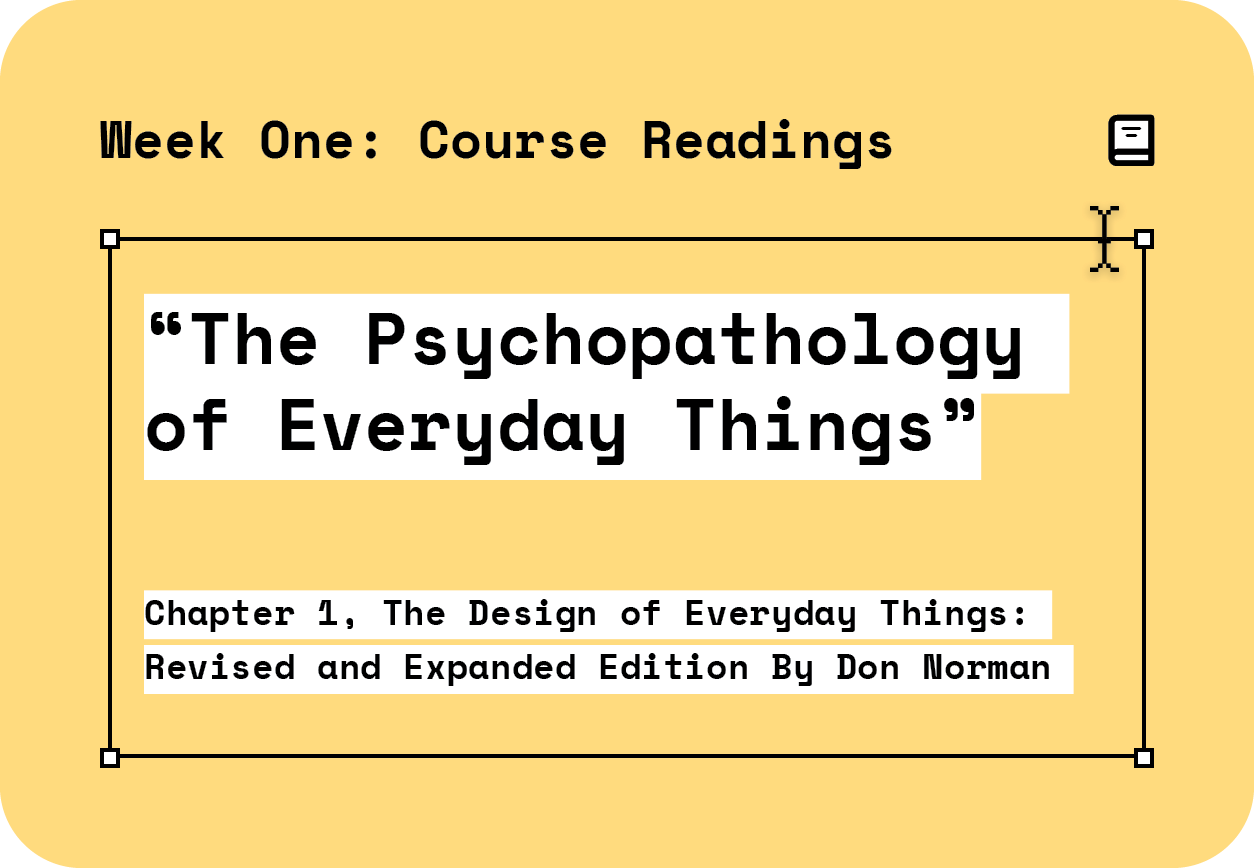A characteristic of User Experience Design that differentiates it from other forms of design is its data gathering and user testing processes. Where other forms of design tend to be based around a more direct client brief-to-three rounds of revisions model; User Experience designers employ a more inquisitive approach that attempts to dispel preconceived assumptions… Continue reading Week 4 Reading: Data Gathering, Analysis, and Interpretation
Category: Course Readings
Week 3 Reading: “Prototyping Tools and Techniques”
This Chapter explores the use of prototypes as a means through which to develop designs through an iterative and cyclical processes as well as the techniques used to guide them. Prototypes are described as aids that designers can use to both clarify design direction as well as generate and refine new ideas. Different to how other… Continue reading Week 3 Reading: “Prototyping Tools and Techniques”
Week 3 Reading:”Design Thinking”
“The real world is not like university .. In the real world, problems do not come in nice, neat packages; they have to be discovered” and they have to be questioned so you not only know where a problem came from but that you’re solving the right problem. In this chapter, Norman discusses the processes… Continue reading Week 3 Reading:”Design Thinking”
Week 2 Reading: What Is Human Centred Design? (Giacomin, 2014)
In this paper, Giacomin studies the roots, evolution, contemporary state, and future direction of Human Centred Design practices. Interestingly, the roots of the discipline can be traced to fields of ergonomics, computer science, and artificial intelligence. International standards such as ‘ISO 9241-210 Ergonomics of human-centred systems interaction’ allude to a technical engineering approach that applies understandings of… Continue reading Week 2 Reading: What Is Human Centred Design? (Giacomin, 2014)
Week 2 Reading: Ch.2 “The Psychology of Everyday Actions”
In this chapter, Norman explores the need for understanding the underlying psychological patterns that underpin our actions in order to develop ‘good design’ experiences that consider the full-scope of the interaction. He does so by establishing a framework for understanding human interaction and then identifying key psychological tendencies that underpin human behaviour. A framework for understanding human… Continue reading Week 2 Reading: Ch.2 “The Psychology of Everyday Actions”
Week 1 Reading: “What is Interaction Design?”
Taking more of a textbook format, this first chapter from Interaction Design: Beyond Human-Computer Interaction explores the overarching discipline of Interaction Design. Used as a overarching term to describe the methods, theories, and approaches used in the discipline, Interaction design is the catch-all term used to describe the “different aspects of what is being designed including user interface design (UI),… Continue reading Week 1 Reading: “What is Interaction Design?”
Week 1 Reading: “The Psychopathology of Everyday Things”
This first chapter serves as a fantastic introduction to what the phrase “User Experience” actually means. The term gets thrown around a lot and is usually used as a broad catch all for the whole product design process. Getting a primer from the author who coined it is a great way to understand what it… Continue reading Week 1 Reading: “The Psychopathology of Everyday Things”
